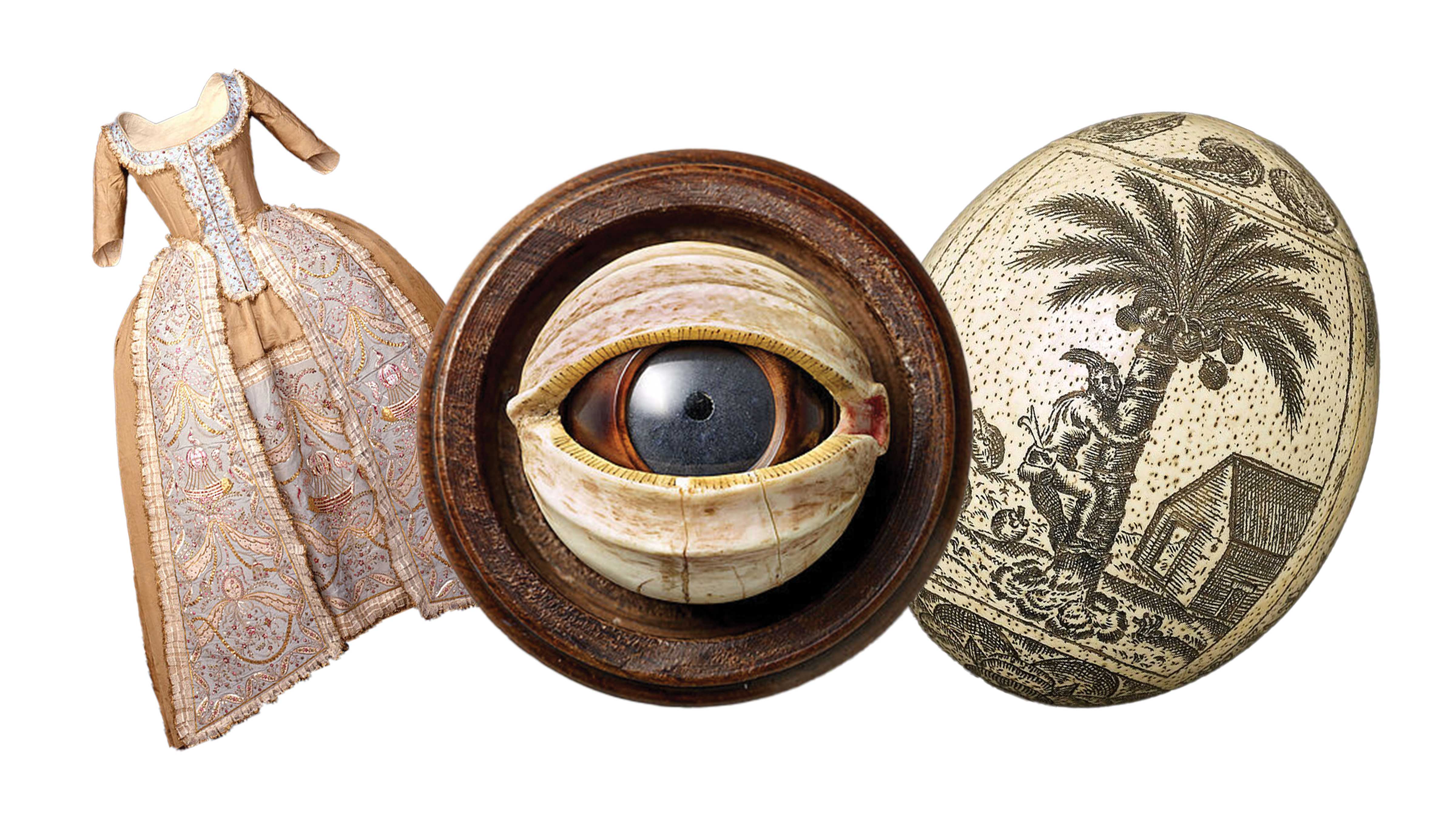When Liliane Weissberg was asked by Berlin’s German Historical Museum to curate a major exhibition about the Enlightenment—the 18th-century intellectual movement that emphasized reason but also a new approach toward emotions—to coincide with the 300th anniversary of Immanuel Kant’s birth, she knew the story she wanted to tell.
“A lot of what is happening in Germany around this anniversary is what I would call celebratory,” says Weissberg, Christopher H. Browne Distinguished Professor in Arts and Sciences. “And I’m not diminishing by any means the importance of Kant, but I wanted to look critically at the Enlightenment and show that a lot of the problems and issues we have today are actually rooted in discussions that happened back then.”
“What is Enlightenment? Questions for the 18th Century,” which runs through April 6, 2025, is not a pessimistic exhibit, though, says Weissberg. “Wanting to understand why some things didn’t work is different from saying one shouldn’t have tried. That human equality was not realized, for example, doesn’t mean that one shouldn’t continue to demand it.”
Why use objects to tell this story?
You can experience an object with the senses in a different way than you do by reading a book. With this exhibit I want to complicate history, but also tell stories, and one can do it so splendidly with objects. When you want to show how eager people were to adopt science, you can offer a painting by Joseph Wright of Derby that has a family at a table, engaged in experiments, and show the actual scientific instruments, too.

How do you hope this exhibit adds to the conversation about the Enlightenment?
We are documenting discussions that offer ambivalent or even contradictory conclusions. But even values and demands that were clearly stated—human rights, tolerance, democracy—were not translated into practice.
We focus, for instance, on Thomas Jefferson. He wrote the Declaration of Independence, insisting that all people are equal, and then he owned somewhere between 600 and 700 slaves during his lifetime. There is the Declaration and then there is the reality, which we showcase through a list of enslaved people at Monticello owned by Jefferson.
The Enlightenment was an international movement. The philosophers developed their understanding of philosophy and science by corresponding with travelers who discovered the New World and brought back examples of plants and animals and offered descriptions of people they encountered. There again things get problematic and paradoxical: scholars were appreciating other cultures but also often putting in place a hierarchical order. We laud cosmopolitanism, but at the same time worry about a concept that led to racism.
Any favorite objects?
It’s hard to pick. We have more than 400, and where else can you see all at once original manuscripts by Isaac Newton, an engraved ostrich egg, and King George III’s silver microscope? A French ball gown embroidered with hot air balloons is one of my favorites because of the surprise I had when we found it. It had been owned by the German Historical Museum for many years but never shown—there was never an exhibit in need of such an extraordinary dress—but it helps tell the story of how eager people were to embrace science.



